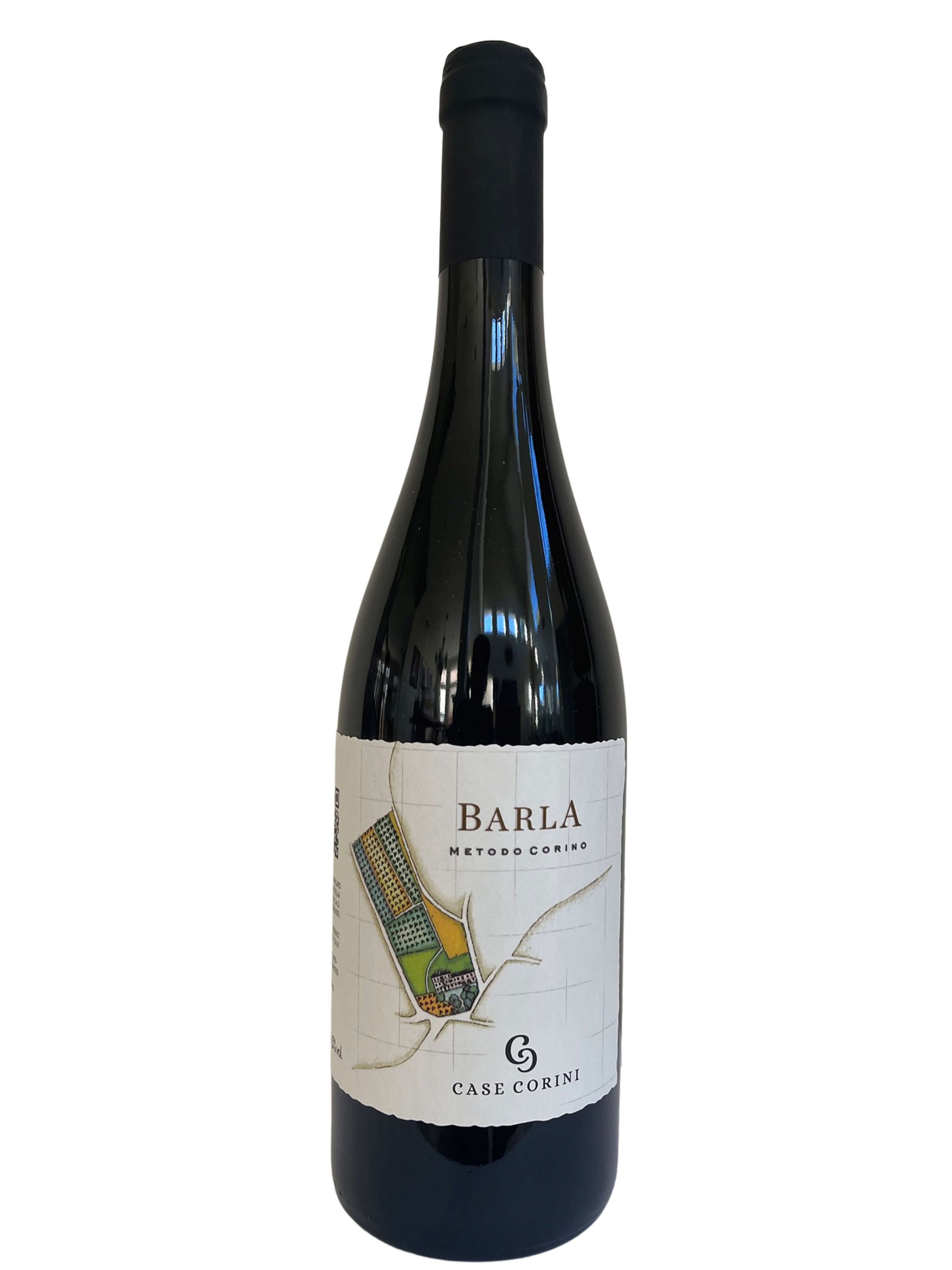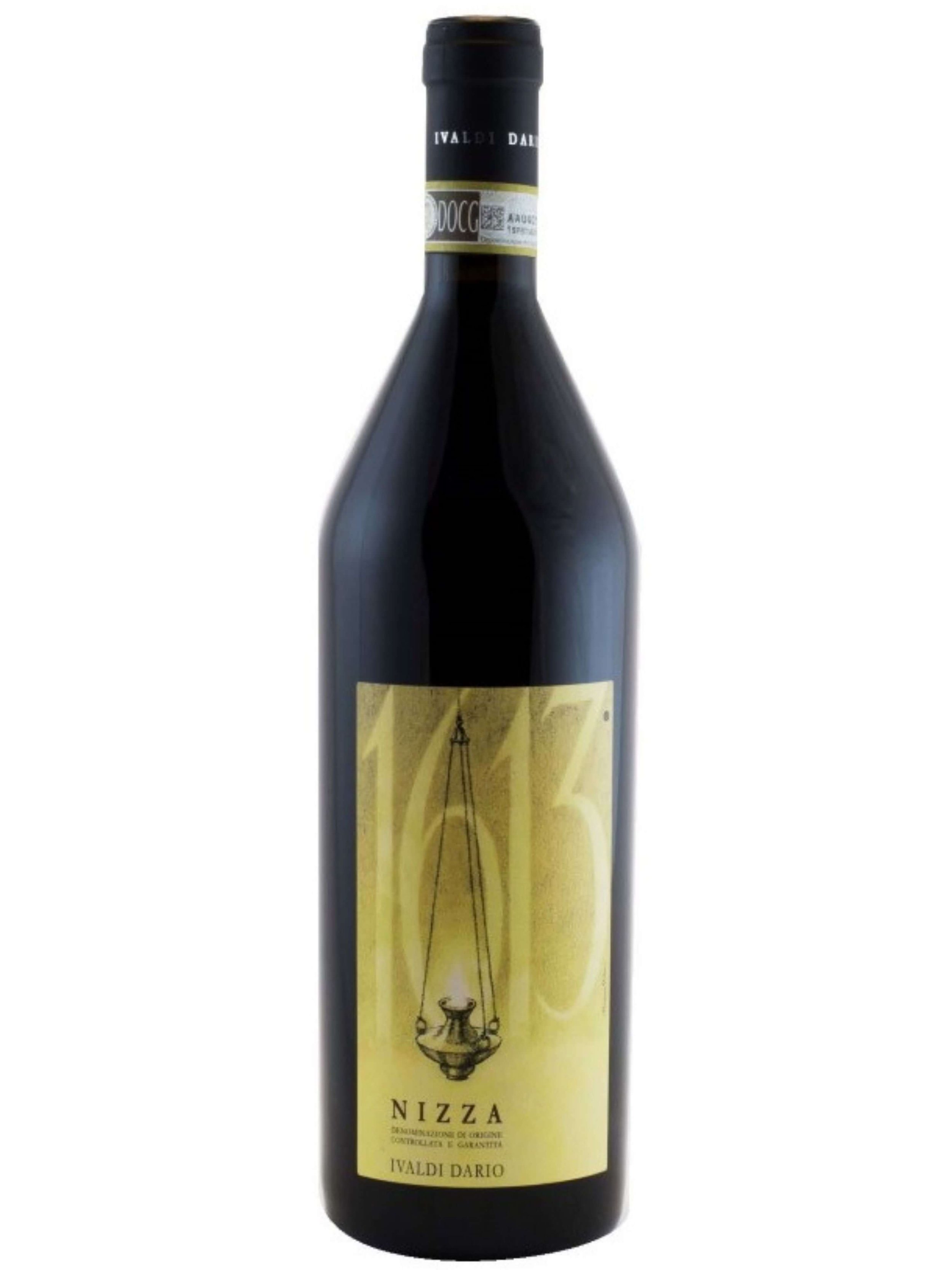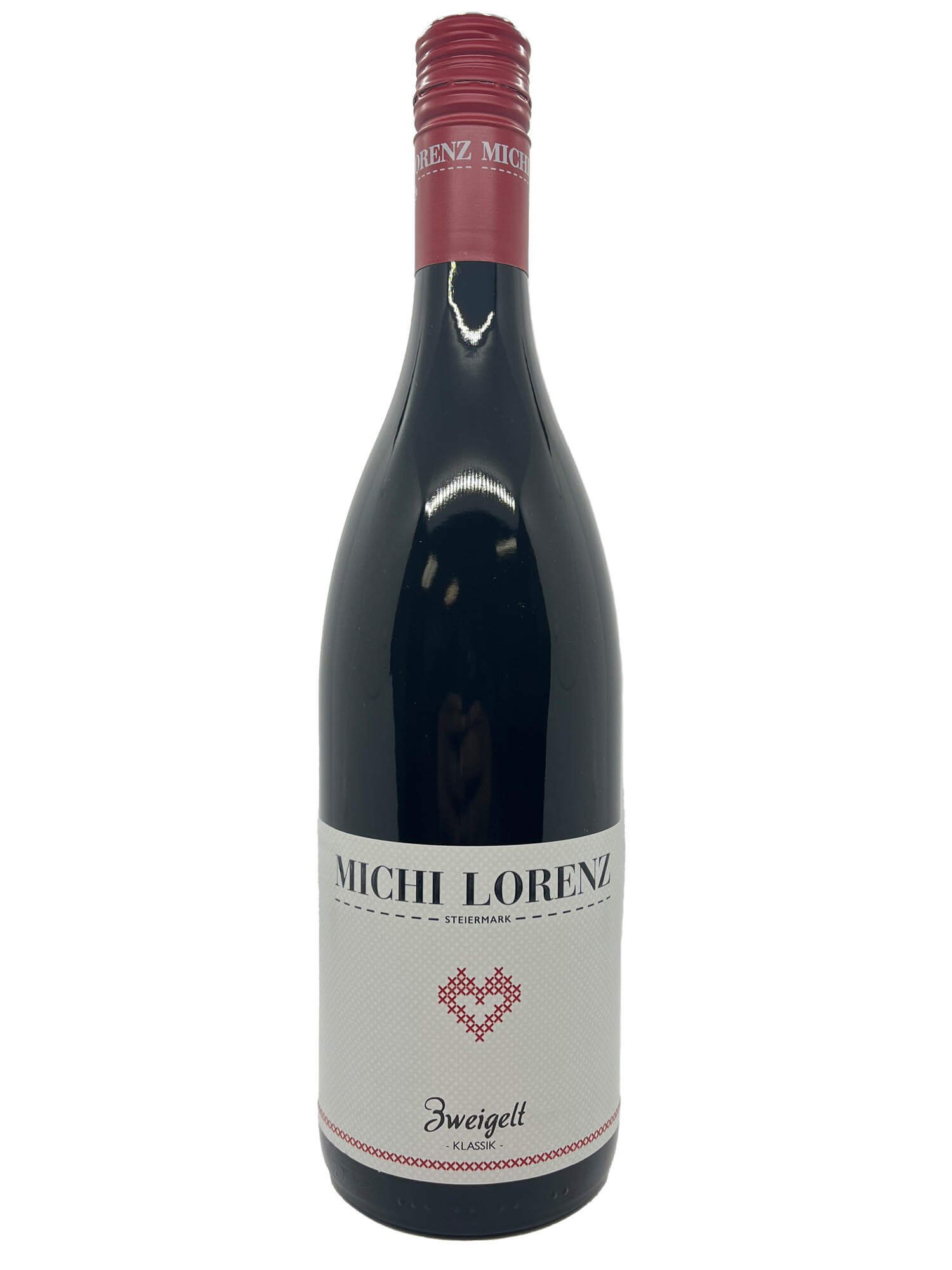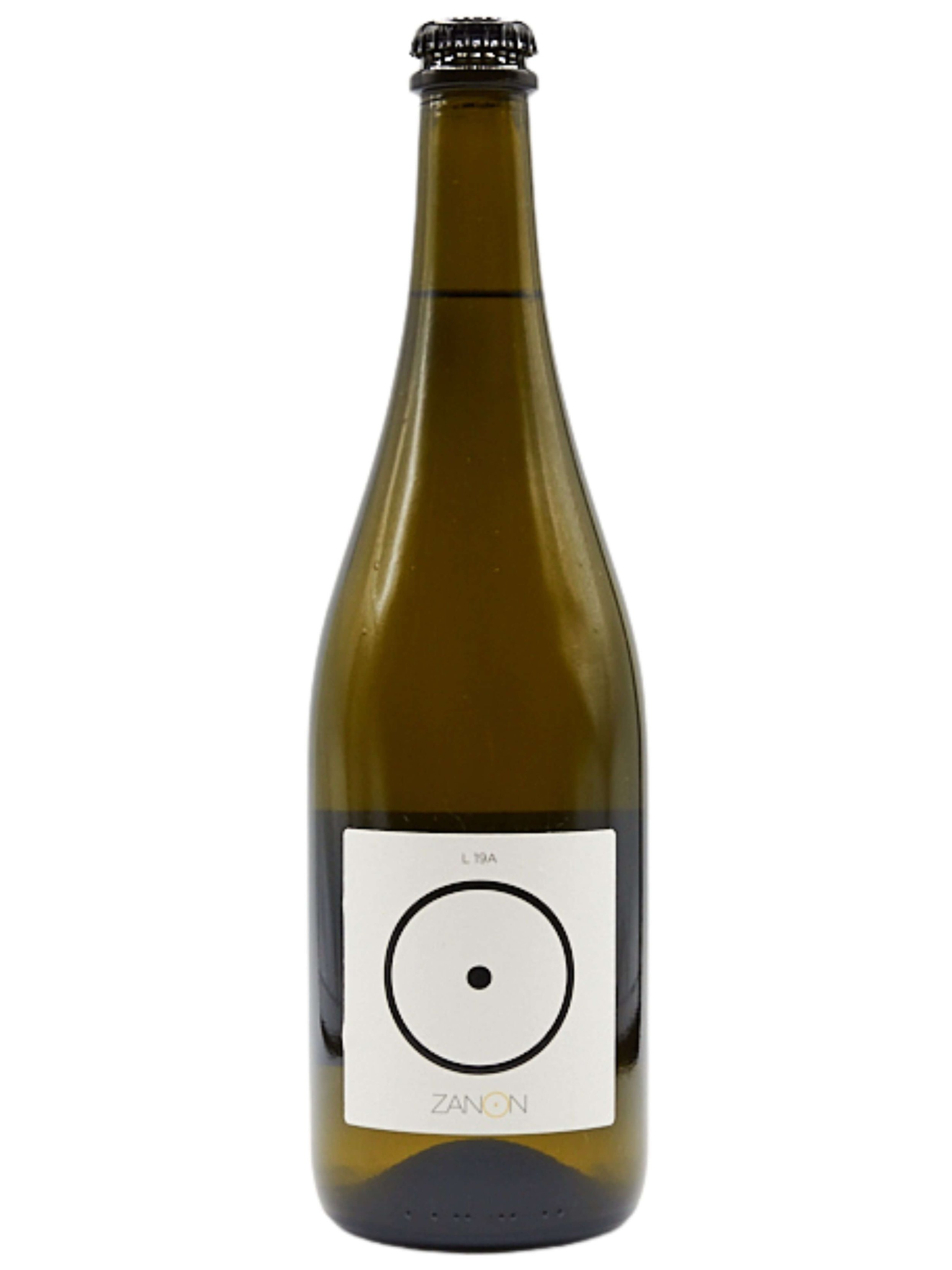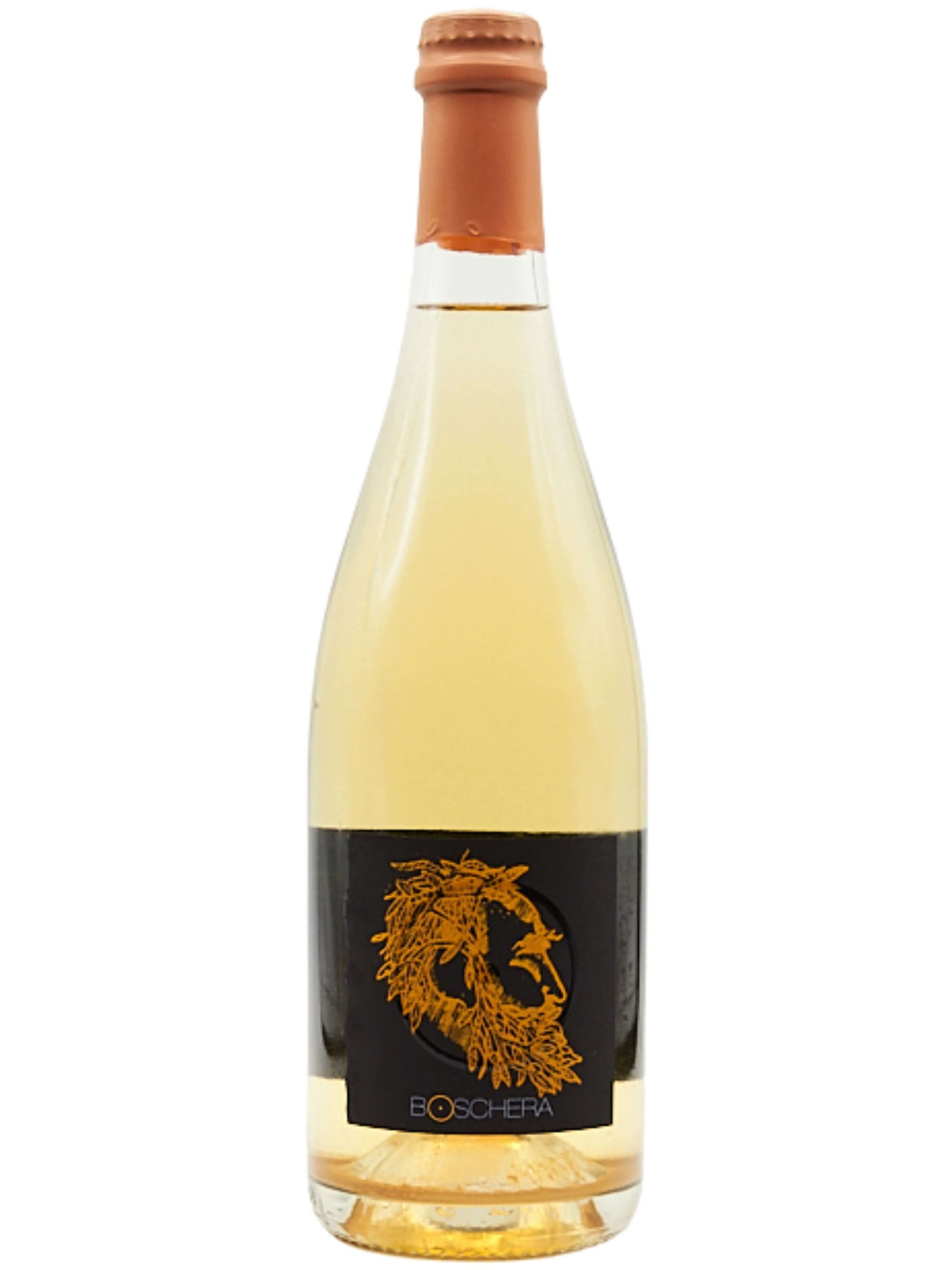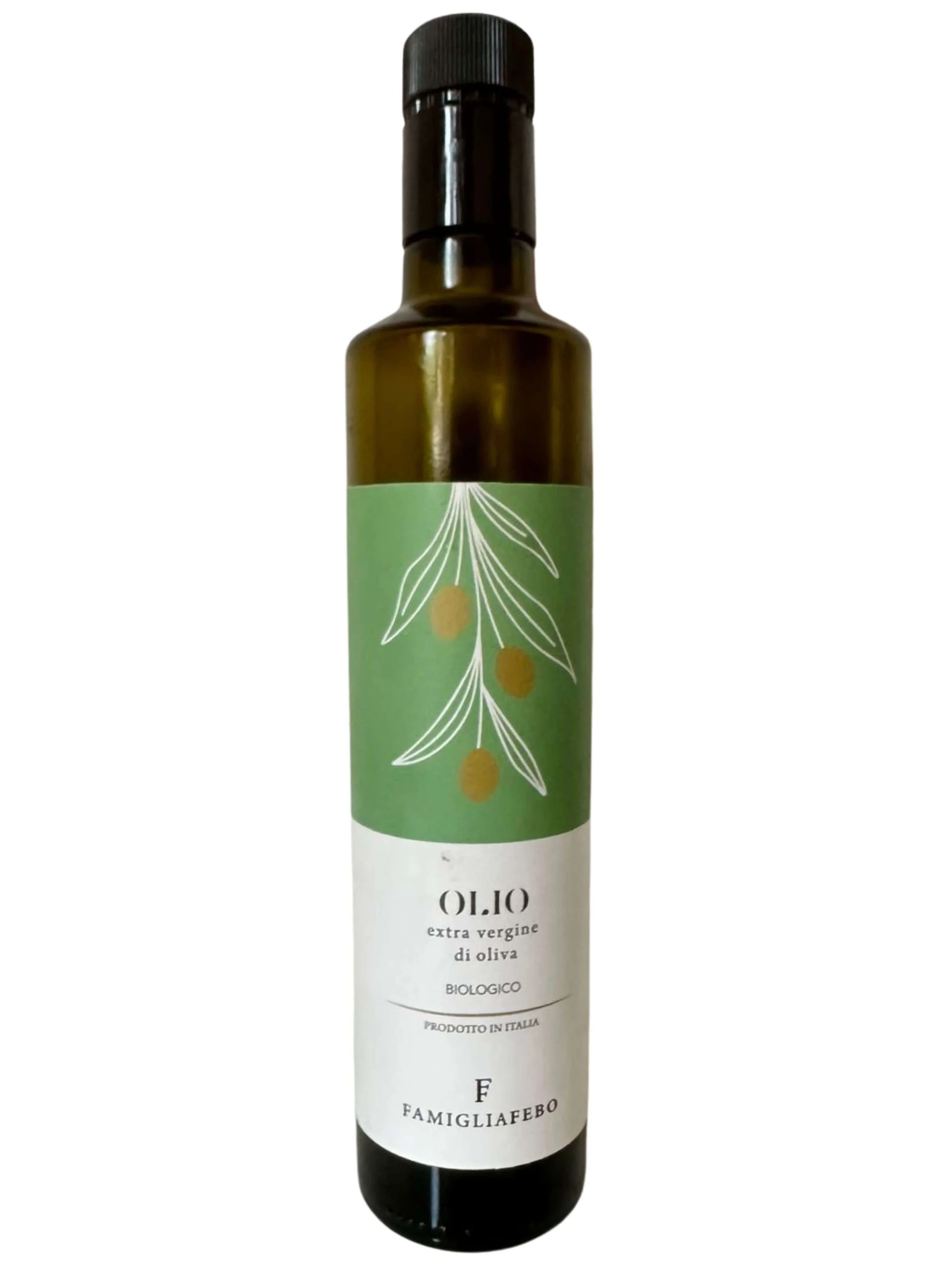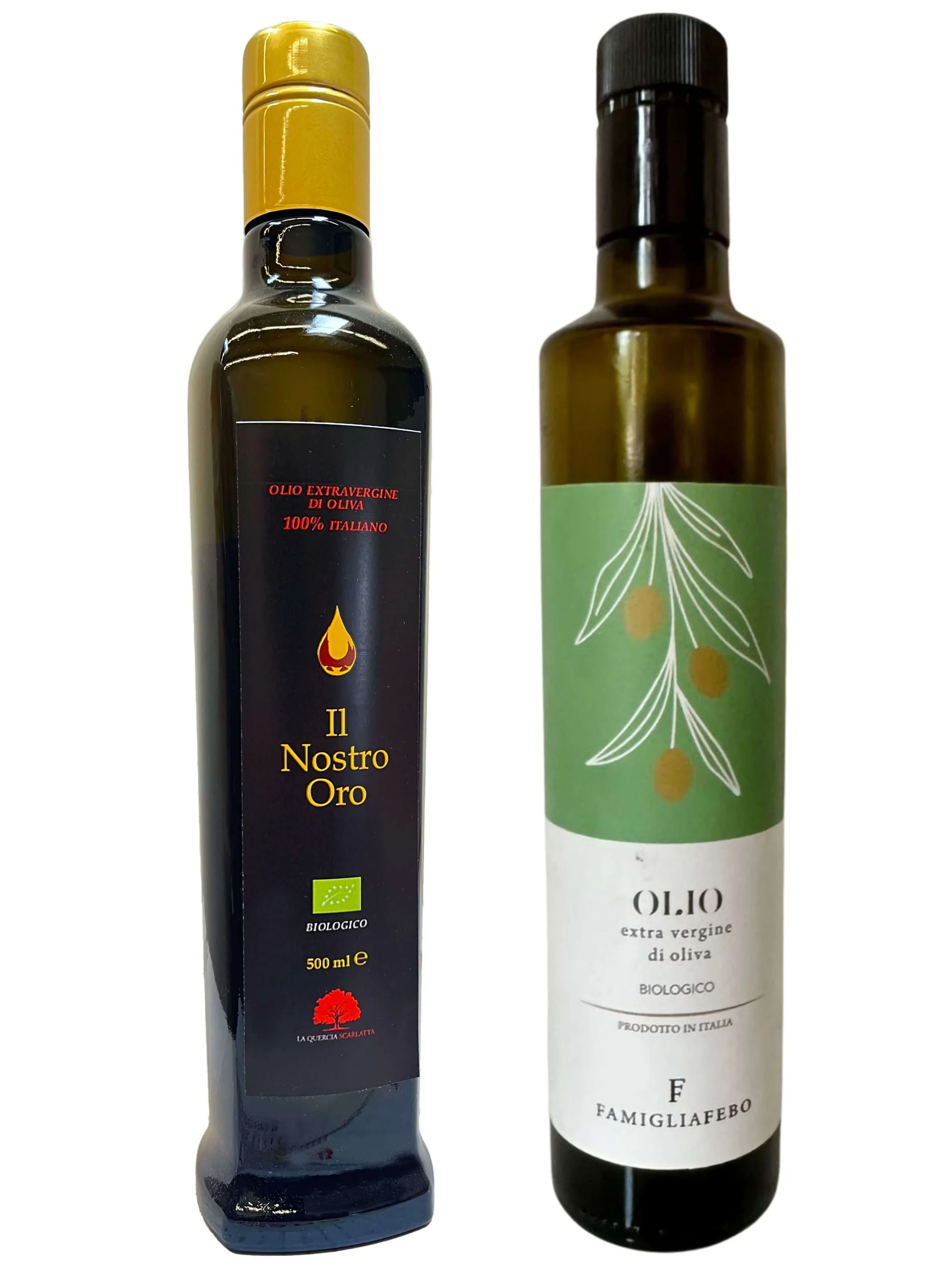Feel Your Way With Wine & Food
A good example of a wine with mouthfeel is Febo’s Montepulciano d’Abruzzo, where a carefully farm crafted, small batch Montepulciano red wine distinguishes itself from the commonplace mass produced commercial versions.
Often when thinking about wine, talking about wine, we get caught up in the aromas, the flavors, the balance, the food pairings. It is easy to overlook another important factor that actually intertwines and weaves together all of the previously mentioned characteristics. That factor, would be the enigmatic “mouthfeel”.
What is mouthfeel? Is it actually quantifiable in some way, or is it just this touchy-feely (pun intended) ghost in the wine tasting arena?
Well, both, actually.
By focusing on things like mouthfeel, texture and other tactile sensations while we are drinking wine, and pairing wine and food, this will allow us to enjoy and appreciate the tasting experience all the more. In the spirit of mindful drinking (and eating), embracing mouthfeel is par for the course.
Let’s explore what it is and how it might affect your wine (and food) tasting experience. Watch out: by the end of this article you may be chewing and sucking on your wine like a somm!
What is “Mouthfeel”
Mouthfeel has a fairly simple, almost self explanatory basic definition: it is the “feelings” in your mouth, or the tactile sensations experienced in the mouth during and after consuming food and drink.
It is technically referred to as a “somatic sensation” which is “the perception of physical sensations that arise from the body's surface or musculoskeletal system, including touch, pain, temperature, vibration, joint sense, and muscle sense.” Children, as their bodily systems and brain develop, are very expressive to the physical sensations that they get while eating food, which is typically a negative reaction.
While, simply, mouthfeel, is just what you feel in your mouth, it is, rather, a complex interplay of various factors. It involves things like texture, aroma, and saliva.
Mouthfeel Triggers
Bubbles or effervescence in sparkling wines are a good example of a tactile texture that presents in the mouthfeel of a wine.
Let’s start with the most obvious and easiest to detect: texture. We have touched on texture in our previous explorations of balance and food and wine pairing.
Examples of what can trigger sensations of texture in food are
oiliness of grease,
piquant burning of chili pepper,
and crunchiness of nuts for example.
While, in wine, sensations of texture can be:
the prickly effervescence of bubbles,
the viscosity of glycerin,
the back-palate piquant from a high alcohol,
and the drying tannins of red wine.
In our article about balance, we mentioned how tactile sensations (or mouthfeel factors) in food and wine can balance each other out in a contrasting way, such as
balancing the juicy succulence of steak with the drying sensation of tannins,
and the astringent puckering acidity of white wine to balance the buttery sweet tendency of a white fish.
Examples of sensations and their triggers, courtesy of ScienceDirect.com.
In fact, we can consider triggers and sensations as 2 separate things, as you see in the following table illustration:
Tactile sensations are what we sense, be it the flavor, texture, or physical response, such as salivation or puckering,
and triggers are the characteristics of a food or beverage that can cause a particular tactile sensation, like chili peppers which cause a biting burn, and lemons which cause puckering.
If we “peel the onion” some more, we see how the interaction of acids, sugars, and other compounds in a wine, or a food, create certain textural mouthfeels as well.
Body in Wine
Take, for example, body, a common mouthfeel descriptor for a wine. As we defined this in our Wine Lingo Glossary, “Body is also evaluated on the palate, but unlike balance, which is based on taste, body is more about the tactile sensations produced by the wine.”
Evaluated as light body or full body, the more tactile sensations that one feels in a wine, like sweetness, acidity, or tannins, as well as how well they work together, moves the needle of a wine closer to being full bodied. Working together, these elements create a wine that can be described as ‘having a lot going on’.
When people talk about mouthfeel they will most often use the term “body” to describe what they are thinking of in regards to the overall picture. However, it is important to remember that mouthfeel can also be the singular elements that build up to the big, encompassing mouthfeel experience.
Body, or the full, enveloping feeling a wine can create in our mouths, can create vastly different drinking experiences. Case in point is glycerin, a fairly important component to the feeling of body in a wine which impacts the viscosity or “thickness” of the wine. There is that common, yet inaccurate, wine “hack” that to tell if you’re drinking a “good” wine, swirl your glass and look at the legs, or arches, that are left on the wine glass as the liquid recedes back to the bottom. The theory is that the more legs, the better a wine.
Well, no. While the overall quality and cleanliness of a glass might affect the formation or velocity of these legs, in most cases these legs actually are a barometer to determine how much body a wine has: the slower the droplets descend, the more viscosity, the more glycerin, the more likelihood of the wine having more body.
Saliva
Saliva affects mouthfeel too: think of it as adding extra liquid to whatever you’re are feeling. Technically saliva is made up of proteins and plays an active role in the tactile sensations of mouthfeel. It is “a key parameter for mouthfeel sensation as it strongly interacts with food components.”
As well, certain foods create more saliva. Imagine biting into a lemon slice: how does your mouth react to just even the thought of it? You see, we associate certain flavors with saliva. Even before we put them in our mouths we are already salivating, producing liquid, just like Pavlov’s famous dog.
Here with the Febo family in Abruzzo, we sat down to a meal with lamb arrosticini paired with their Montepulciano red wine and their Cerasuolo rose, aka chillable red, both made from the local native montepulciano grape which has lots of natural tannins.
Tannins
Texture and mouthfeel, can make a big difference in how we perceive wine and food. Think of oysters: a lot of people don’t like them because of the squeamish feel when they are in your mouth. Yet, at the opposite extremen, others apparently can get turned on with oysters… that’s why it’s called an aphrodiasic food.
For wine, tannins is a showstopper for many wine drinkers: that rough and/or drying sensation felt in the back of the mouth and lower cheeks while drinking wine is caused by tannins, and is the reason why many avoid red wine. Certain grapes have naturally high tannins, or polyphenols, like the montepulciano grape. In fact, the Febo family in Abruzzo, where the montepulciano grape comes from, macerates their Montepulciano d’Abruzzo red wine for a short amount of time so not not impart harsh, drying tannins. Also affecting amount of tannins in a wine is a result of the terroir, or soil, landscape, etc, where the vineyards are grown. For example, a Barolo Serralunga d’Alba, from the comune of Serralunga d’Alba which has the oldest land in all of the Barolo wine region, is known for higher tannins than other Barolos.
However, wine drinkers many not realize that certain red wines do not produce that drying effect that may cause them to avoid red wine. This can be due to a red wine grape which is naturally low in tannins, like Schioppettino red wine. Also, certain red grapes with lots of naturally high tannins are made with very little skin contact, like a white wine, purposefully to avoid the drying sensation from tannins, and to make the wine more easy to drink. A Cerasuolo d’Abruzzo is a good example of this.
Other factors such as body, acidity, and food pairings will also decrease or increase the perception of the tannins. An example is the traditional wine and food pairing in Abruzzo of arrosticini di agnello, aka thin lamb spiedini or grilled lamb on skewers, with a Montepulciano d’Abruzzo. The lamb is traditionally cooked at a really high temperature over a very hot open fire to allow the fat on the lamb to get seared off quickly from the heat, then creating a juicy and fatty consistency which when tasting with a Montepulciano red wine contrasts with drying effect from the high amout of tannins in the red wine. As a result the tannic effect is offset by the food.
Olive Oil
Referring to mouthfeel with food, extra virgin olive oils have distinct mouthfeels. Olive oil experts actually drink extra virgin olive oil when tasting to evaluate it. An important factor in their evaluation of the EVOO is its texture, along with the aromas and aromas. They say that the better the olive oil, the more you cough when you swallow it. These are the polyphenols coming into play, which are like the tannins in olive oil. Certain EVOOs have a distinct buttery feel, and taste, which most people love. One organic extra virgin olive oil which has a distinct buttery taste and mouthfeel is Quercia Scarlatta’s Il Nostro Oro: “Il nostro oro” means “our gold”. No surprise then that this olive oil is like butter.
Our Philosophy of Mouthfeel
Aside from the science behind mouthfeel, whether you like, or not, a tactile sensation comes down to a personal decision.
Here is Antonella Manuli, founder of natural wine farm, La Maliosa, enjoying her volcanic Sangiovese red wine, Tarconte. It has a distinct mouthfeel thanks to the volcanic soil. A volcanic Sangiovese is a rare find!
There is a psychological side to mouthfeel comes, along with our interpretation of aromas: the line between what is a tactile mouthfeel versus flavor versus an aroma is not black and white. A bit like mind over matter, there is a middle ground when it comes to mouthfeel, where our brains will try to fill in blanks of what it is feeling versus what it is smelling, or even what flavors it is tasting. All of this impacts the conclusion from our logic center over “the mouthfeel”. Meaning, we might exacerbate, minimize, or even imagine certain flavors or textures based on other observances or knowledge we have of a wine or food.
Soils are a great example of this. While certain soils, like volcanic, can have specific expressions that will impact mouthfeel, there is also to consider what we often consider “minerality” in wine, which is almost a saline type sensation. And when we know what type of soil a wine is grown in, perhaps something like a slate or schist, we might have more predisposition to perceive this sensation or flavors. This gives the impression of a tactile sensation in the wine that isn’t really taste, but another dimension and complexity.
These added complexities can also directly impact mouthfeel, such as the descriptor “earthy”. While for some it might bring more aromatic sensations to mind, such as the aroma of forest floor or mushrooms, for others it can actually bring to find certain mouthfeels. In some ways it is tactile, like tasting the soil; while we don’t mean literally as in there is physical soil in the wine, we are rather talking about a chewy sensation that some earthy wines can produce.
Personal Preferences
This additional dimension of mouthfeel in the end boils down to a large part of why wine selection can be such a huge personal preference.
Besides the obvious of people preferring flavors and aromas, we can now consider, and appreciate, this new dimension. Is a round full bodied wine or slim super acidic wine more preferable?
There is also to consider the, admittedly small, subsection of highly sensitive people. Whether from neurodivergence or simply high sensitivity, certain people have a stronger perception of certain textures or mouthfeels, causing more exaggerated reactions, or sensitivities, to textures.
For example, have you ever had Skittles Gummies? They are actually a disconcerting candy: they have the same exact flavor of the traditional Skittle candy, however, the texture of a gummy bear candy. We immediately sense the aromas and flavors of the candy, and expect the gooey-crunch of a skittles candy, yet feel the hard chewiness of a gummy candy. The difference in texture than what’s expected is strange, causing some to pause a moment and think “Hey, this isn’t what I signed up for.” Some people like this and enjoy the unexpected mouthfeel, while for others it is a skin crawling, cognitive dissonance.
At the end of the day, perhaps the best way to view mouthfeel is through the lens of mindful drinking: Interesting, different, and even unexpected mouthfeels give us something new, different to meditate on and think about while enjoying wine. We can focus in on separating out individual flavors, aromas, sensations, and textures with every sip.
What a wonderful way to explore wine: deconstructing our glasses with a dedicated and mindful purpose to truly absorb the experience a wine can give us, in all its glory and sensations.
Feeling the Wine
Some winemakers strive so hard to achieve a certain texture in their wine that they actually add an artificial element to create it. Turns out, knowing that one can add many additives to a wine and not disclose it on a label, it is not surprising that a winemaker will tweak texture to their liking with additives, like this one.
We prefer wines, though, that don’t have additives to manipulate the mouthfeel, texture, nor anything else which interferes with nature.
At Vero, we look for wines that allow the pure impact of nature to shine through, and that are not chemically modified in a lab, but rather crafted in the cellar and vineyard. In fact, we exist to allow all Americans, across the US, from businesses to consumers, to experience the pleasures of such un-manipulated farm to glass wines, and how can you get your hands on these hidden gems we forage for?
If you are a distributor reach out to us introduce our highly curated portfolio of one of a kind small production wines to your state.
We sell to wine stores and restaurants in certain states - contact us to learn more.
If our farm crafted natural wines and olive oils are not in your local shop or restaurant, buy wine online here, and we’ll ship it to you, including wine gifts.
We also have an award winning wine club for true wine explorers that are seeking to continually discover unique, sustainable and authentic small production wines they never had. These are wines selected by our sommeliers and curated for each box.
We do corporate gifts and sommelier guided wine tastings. Email us and we’ll tailor unique and sustainable corporate gift ideas.








